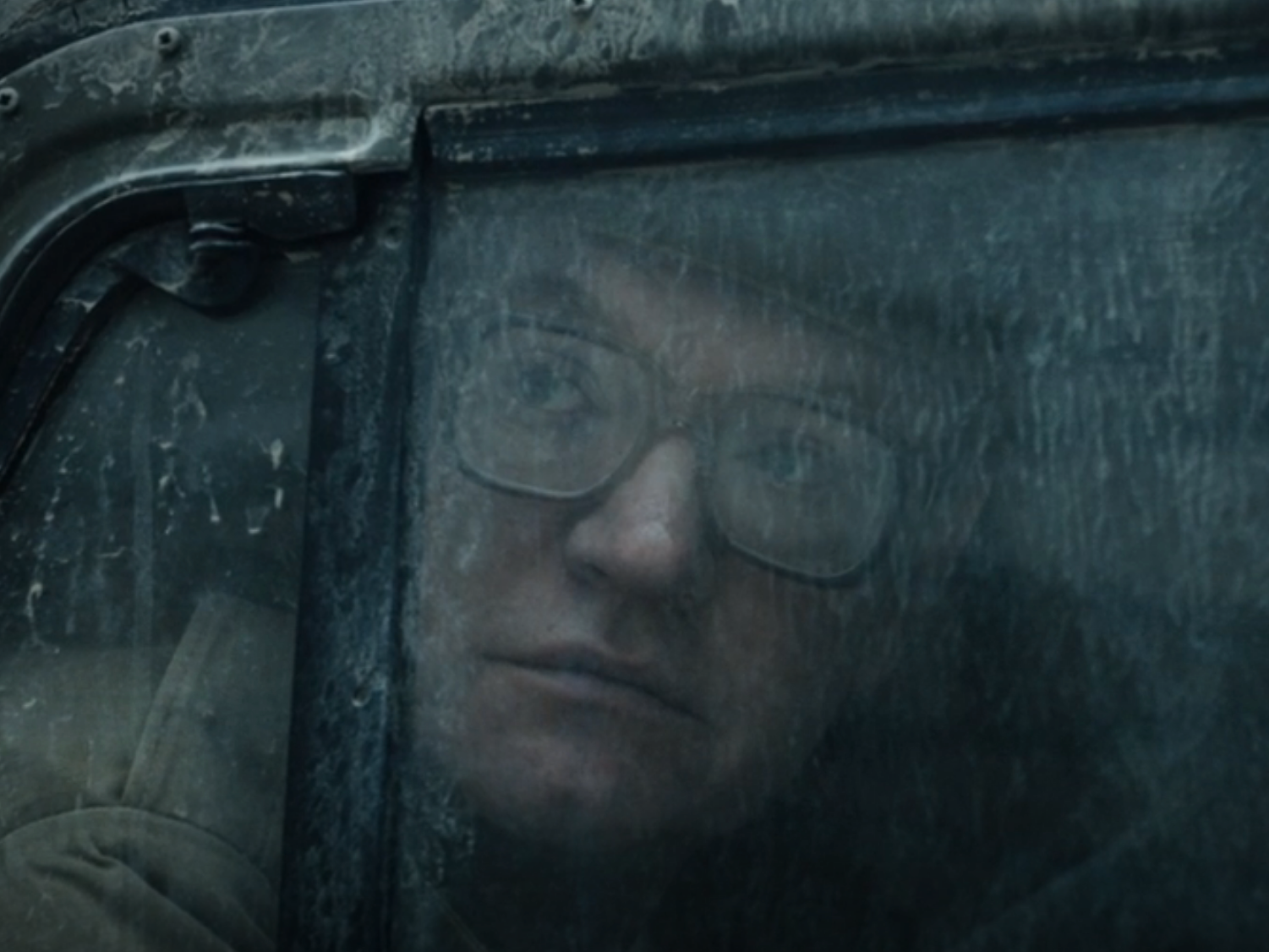Cléo from 5 to 7 & Cosmopolitanism
by Devin Baron
Agnes Varda was a prominent French New Wave filmmaker. In her film Cleó from 5 to 7 (1962), Varda uses cosmopolitanism, a core concept of art cinema in the 1960s, to accompany and further represent Cleó’s (Corinne Marchand) breakdowns and discoveries. Varda deploys varying framing and blocking techniques to allow the cultural center of Paris to reinforce Cleó’s transfiguration from the watched to the watcher.
Cosmopolitanism is a cinematic tourism that gives audiences a sense of world citizenship. Varda often gave great attention to her settings, a contrast to the “ubiquitous placelessness” of contemporary movies (Mouton, 9). Early in the film, Cleo sulks through the streets of Paris (00:06:16-00:07:13). The long shot Varda uses distances Cleó from autonomy. It is an uncomfortable shot because it conveys a feeling that someone is watching her from afar. Many people glance or stare at Cleó as she walks. There are shops and stands along the path selling various items. Cleó wears a fashionable polka-dot dress. Both the shops and the dress match Cleó’s internal thought process. Instead of perusing the town herself, she is only concerned with how she appears to others. She later tries on several hats at a store and says that “trying things on intoxicates me.” In line with the new wave movement, Varda offers “glimpses of contemporary fashions and behaviors to its own participants.” (Neupert, 45) Varda continues to portray Cleó as one who cares about her looks only.
When Cleó goes for a walk dressed in black, she points out her “unchanging doll’s face [and] ridiculous hat.” (00:43:18) The following scene marks the beginning of her discoveries. She sees a man swallow a frog and observes his performative nature for those around him. According to Janice Mouton, “she becomes both an observer of the crowd and a part of it.” (Mouton, 9) As Cleó slowly realizes she may participate in the watching, Varda gradually switches to point-of-view shots. The audience begins to observe the happenings of the city. Away from gazing at Cleó, the viewer now sees her surroundings. The setting acquires another dimension. Mouton says, “The city street thus becomes a new structuring presence that enables her and those around her to participate in an alternative model of spectatorship not defined by a strict subject/object dichotomy.” (Mouton, 9)
Finally, after Cleó has spent an hour in the town, she takes a taxi to the park. Varda selects a third approach to blocking to represent Cleó’s final stage of transformation. For this scene, Varda chooses to have Cleó play toward the camera as she sings and dances delicately down the stairs. (01:08:38-01:09:09) The apathy with which she drags her coat on the ground, combined with the sounds of nature, displays a growing sense of peace within Cleó. There is no longer anyone there to impress. There is nobody to watch her and nobody for her to watch. Varda takes us out of the hustle of the city and into the newness of greenery that parallels Cleó’s new ideas and expectations. She no longer feels the need to seek wholeness. She is fractured but secure.
Varda services Paris as an analogical representation of Cleó on her journey. Varda uses her camera effectively throughout the film to capture the fragmentation of Cleó and Paris. Through long shots, point-of-view shots, and creative blocking, she builds an acceptance of variability in both the character and the city.
Works Cited:
Mouton, Janice, “From Feminine Masquerade to Flâneuse: Agnès Varda's Cléo in the City,” Cinema Journal 40(2), Winter 2001, pp. 3-16.
Neupert, Richard, “The French New Wave,” Traditions in World Cinema. Linda Badley, R. Barton Palmer, and Steven Jay Schneider, Eds. New Brunswick, NJ: Rutgers Univ. Press, 2006. pp. 41-51.








